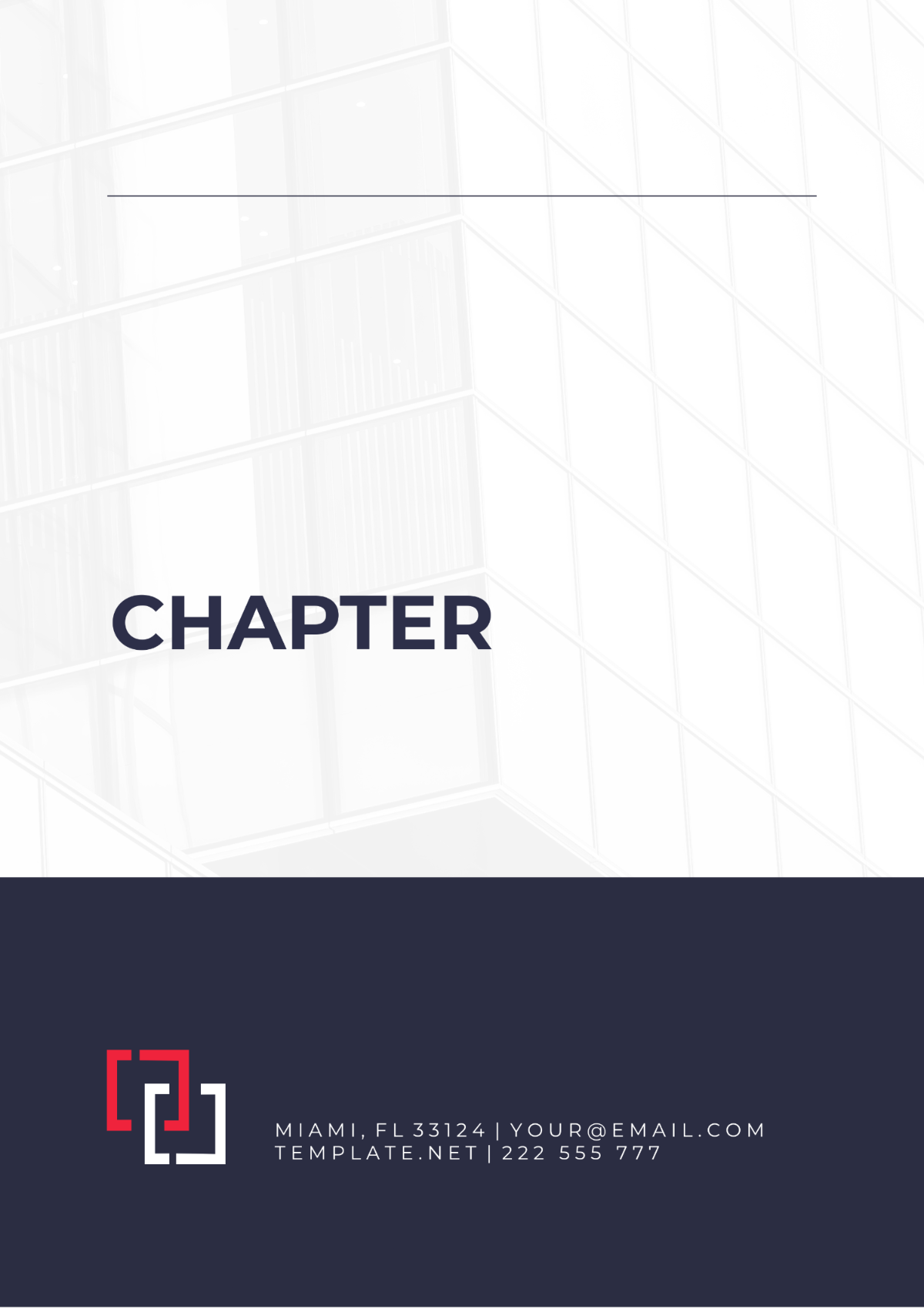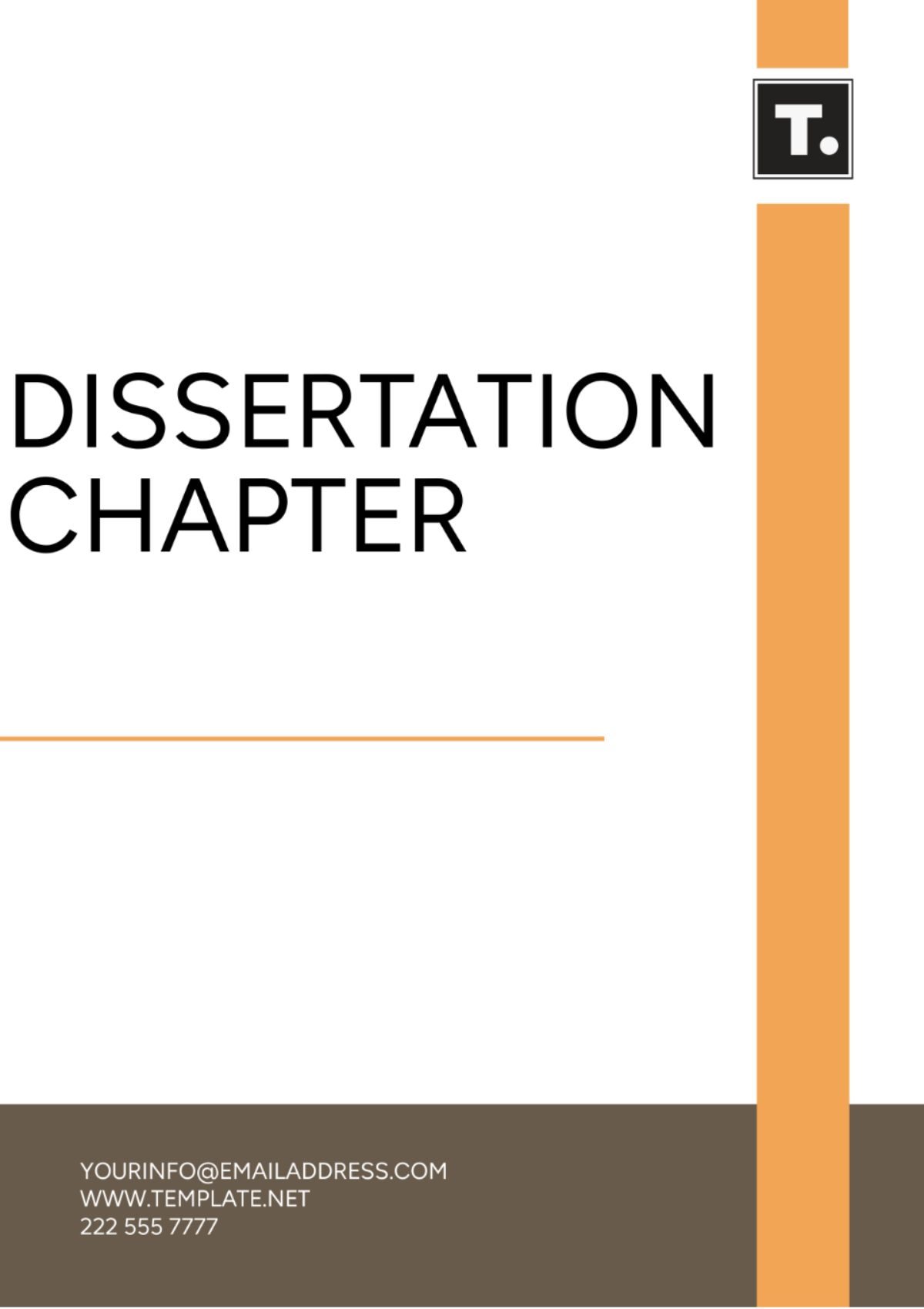Teaching Methods Chapter Outline
Prepared By: [Your Name]
1. Introduction
A. Overview of Teaching Methods
Definition: A diverse set of strategies employed by educators to facilitate student learning.
Range: From traditional lectures and direct instruction to modern technology-enhanced and student-centered approaches.
B. Importance of Choosing the Right Method
Impact on Learning: The choice of method significantly influences student engagement, understanding, and outcomes.
Alignment: Methods should align with learning objectives, student needs, and content requirements.
C. Objectives of the Chapter
To explore various teaching methods, their benefits, and limitations.
To offer guidance on selecting the most effective methods for different educational contexts.
2. Traditional Teaching Methods
A. Lecture-Based Instruction
Definition and Characteristics: Direct transmission of information from teacher to students, often enhanced with visual aids.
Advantages and Disadvantages:
Advantages: Efficient and scalable for large classes.
Disadvantages: Can be passive; may not address diverse learning styles.
Best Practices for Effective Lectures:
Use engaging visuals and multimedia.
Incorporate interactive elements (e.g., polls, Q&A sessions).
Regularly check for understanding through formative assessments.
B. Direct Instruction
Definition and Characteristics: Teacher-led, explicit teaching of concepts and skills, often with step-by-step guidance.
Advantages and Disadvantages:
Advantages: Clarifies and aids skill acquisition.
Disadvantages: May limit opportunities for critical thinking and creativity.
When to Use Direct Instruction: Best for introducing new concepts or skills requiring clear, structured guidance.
3. Active Learning Methods
A. Discussion-Based Learning
Definition and Characteristics: Facilitates learning through student dialogue, debate, and critical analysis.
Advantages and Disadvantages:
Advantages: Enhances engagement and critical thinking; exposes students to diverse perspectives.
Disadvantages: Can be difficult to manage in large classes; requires skilled facilitation.
Techniques for Facilitating Discussions:
Use open-ended questions and prompts.
Establish clear discussion guidelines and roles.
Employ techniques like think-pair-share for structured interaction.
B. Group Work and Collaborative Learning
Definition and Characteristics: Students work together in teams to accomplish tasks or solve problems.
Advantages and Disadvantages:
Advantages: Fosters communication and teamwork; deepens understanding through peer interaction.
Disadvantages: Risk of unequal participation; potential for group conflicts.
Strategies for Successful Group Work:
Define clear roles and responsibilities.
Set specific objectives and deadlines.
Provide support and structure to guide group activities.
C. Problem-Based Learning (PBL)
Definition and Characteristics: Students solve complex, real-world problems, driving inquiry and self-directed learning.
Advantages and Disadvantages:
Advantages: Promotes problem-solving skills and independent research.
Disadvantages: Can be resource-intensive and time-consuming.
Implementation Strategies:
Design relevant and challenging problems.
Facilitate guidance sessions and check-ins.
Encourage reflection and self-assessment.
4. Technology-Enhanced Teaching Methods
A. Blended Learning
Definition and Characteristics: Combines traditional face-to-face teaching with online learning components.
Advantages and Disadvantages:
Advantages: Provides flexible, hybrid learning benefits.
Disadvantages: Requires reliable technology access and digital literacy.
Design and Implementation Strategies:
Integrate various digital tools and resources.
Ensure seamless connection between online and in-person components.
Monitor and support student engagement and progress.
B. Flipped Classroom
Definition and Characteristics: Students review content at home (e.g., via videos) and use classroom time for interactive activities.
Advantages and Disadvantages:
Advantages: Maximizes class time for active, application-focused learning; accommodates different learning paces.
Disadvantages: Depends on student completion of pre-class materials; may require extensive preparation.
How to Flip a Classroom Effectively:
Create engaging and accessible pre-class content.
Design in-class activities that build on pre-class material.
Provide support and resources to help students complete pre-class assignments.
C. Online Learning and E-Learning
Definition and Characteristics: Delivers instruction through digital platforms, including courses and resources accessible online.
Advantages and Disadvantages:
Advantages: Provides flexibility and broad access to resources.
Disadvantages: May limit personal interaction; requires strong self-discipline.
Tools and Platforms:
Explore various Learning Management Systems (LMS), video conferencing tools, and digital resources.
Ensure that platforms are user-friendly and accessible to all students.
5. Student-Centered Teaching Methods
A. Inquiry-Based Learning
Definition and Characteristics: Students drive their learning through questioning, exploration, and investigation.
Advantages and Disadvantages:
Advantages: Encourages curiosity and critical thinking; fosters deeper understanding.
Disadvantages: Can be challenging to manage and resource-intensive.
Techniques for Fostering Inquiry:
Pose thought-provoking questions and scenarios.
Provide opportunities for independent research and exploration.
Guide and support students throughout their inquiry process.
B. Project-Based Learning (PBL)
Definition and Characteristics: Students work on extended projects that involve applying knowledge and skills to real-world problems.
Advantages and Disadvantages:
Advantages: Develops practical skills and provides real-world context.
Disadvantages: Can be time-consuming; and requires careful planning and assessment.
Planning and Executing Projects:
Set clear, achievable goals and milestones.
Outline project phases and deliverables.
Assess both the process and the final product.
C. Personalized Learning
Definition and Characteristics: Adapts instruction to meet individual students' needs, preferences, and learning styles.
Advantages and Disadvantages:
Advantages: Addresses diverse learning needs; can improve engagement and outcomes.
Disadvantages: Requires extensive planning and resource allocation.
Strategies for Personalization:
Use adaptive learning technologies and tools.
Offer choices in assignments and activities.
Provide individualized feedback and support.
6. Assessment and Evaluation
A. Formative Assessment
Definition and Characteristics: Ongoing assessments are used to monitor student progress and adjust instruction.
Methods and Tools: Includes quizzes, polls, observational notes, and peer feedback.
Techniques for Analyzing and Using Assessment Data:
Regularly review and interpret assessment results.
Adapt teaching strategies based on student feedback and performance.
Provide timely and constructive feedback.
B. Summative Assessment
Definition and Characteristics: Evaluate student learning at the end of an instructional period, often for grading purposes.
Methods and Tools: Final exams, major projects, standardized tests.
Techniques for Effective Summative Assessment:
Align assessments with learning objectives and course content.
Ensure fairness and consistency in grading practices.
Use assessment results to inform future instruction.
C. Using Assessment Data to Inform Instruction
Techniques for Analyzing and Using Data:
Identify learning trends and gaps through data analysis.
Adjust teaching methods and materials based on assessment insights.
Implement targeted interventions to address specific learning needs.
7. Choosing the Right Method
Factors to Consider When Selecting Teaching Methods:
Consider learning objectives, student demographics, subject matter, and available resources.
Matching Methods to Learning Objectives and Student Needs:
Align methods with desired learning outcomes.
Adapt strategies to accommodate diverse student needs and preferences.
Case Studies and Examples:
Analyze real-world examples of effective method selection and application in various educational contexts.
8. Conclusion
Summary of Key Points:
Recap the various teaching methods discussed, highlighting their strengths and appropriate contexts for use.
The Evolving Nature of Teaching Methods:
Recognize the continuous advancements and innovations in teaching practices.
Future Trends in Teaching Methods:
Explore emerging trends such as AI in education, gamification, and personalized learning pathways.

















































